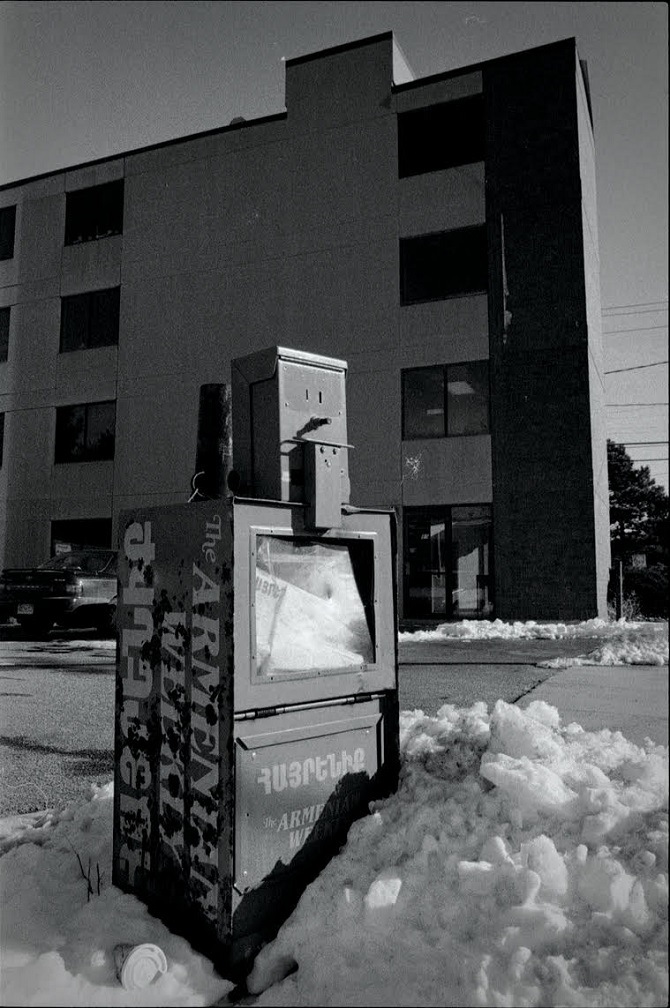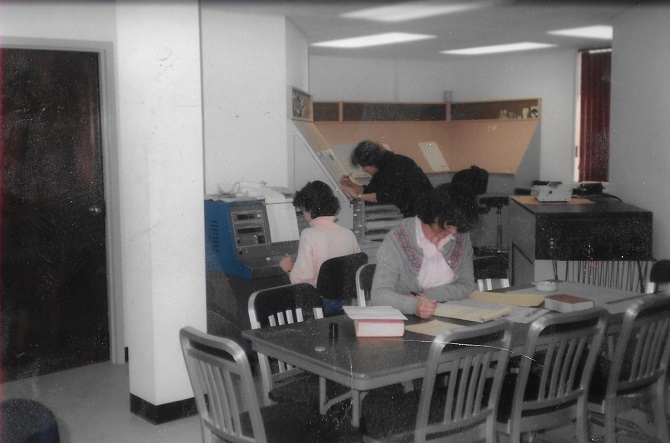The Armenian Weekly. From the December 2019 Special Anniversary Magazine Dedicated to the 120th Anniversary of the Hairenik and the 85th Anniversary of the Armenian Weekly
As we mark the dual anniversaries of the Hairenik and the Armenian Weekly, perhaps we can use this occasion not only to celebrate, but to assess our situation and chart our path forward. It’s important to do so, I think, especially given the fluid, transitional times we live in. Indeed, as Armenian life rapidly changes, both here and abroad, fresh approaches are required if our media are to remain vibrant and relevant in our communities.
My comments here are not meant to be exhaustive. Rather, I’ve selected some salient issues that require thinking through, in hopes of generating a broader critique and discussion. I should add that most of the issues below are not “media-centric,” but rather broader topics for discussion, in which media policy and practices are an integral part.
From a reading public to… a viewing public?
Over the years, our media have played diverse roles in shaping community life—be it through news reporting, sports and entertainment, culture and education, political commentary, or features on current and historical affairs. One common thread is its in-depth coverage, providing food for thought, discussion, and analysis. But in today’s world, with shortened attention spans, emphasis on visual appeal, and frequent interruptions of content by ads and infomercials—this thread is in serious peril. How can the media adapt to these conditions, remaining relevant to modern audiences while transmitting material of sufficient depth and complexity?
Read also
From communities to… ?
Traditionally, our media have served communities that are definable—geographically, demographically, and in outlook—regarding Armenian issues and priorities. Today our communities, while still definable, have become much more diverse and amorphous. Thus,
- a) Communities are more spread out, not just physically, but virtually. For example, meetings and gatherings increasingly occur online or through conference calls, rather than in agoumps (social clubs) or community centers. Indeed, the term “community” may require re-evaluation, as people living in disparate locations may often share and communicate more than those who live in close physical proximity.
- b) Demographically, the bedrock of our communities has long been the descendants of genocide survivors, with cultural roots found largely in Western Armenia. Today, that bedrock still exists, but is accompanied increasingly by more recent arrivals from Armenia and the former Soviet sphere.
- c) In terms of orientation, the old divisions of the Cold War-era—Armenian Revolutionary Federation (ARF)/Ramgavar (ADL), Diocese/Prelacy, Armenian Relief Society (ARS)/Armenian General Benevolent Union (AGBU)—are gradually melting, in favor of a more diverse community landscape including many smaller, tightly focused organizations. For example, we may cite professional associations (Armenian Bar Association, Armenian Engineers and Scientists of America – AESA, etc.), private foundations (Children of Armenia Fund – COAF, Armenia Tree Project, etc), and project-based initiatives (Armenian DNA project, Armenian Wounded Heroes Fund, etc.).
- d) In terms of focus, our communities are challenged more than ever to balance their time and resources between local, national, and international concerns—with today’s Armenia occupying an increasing share of attention.
How do we embrace such changes, while remaining true to core principles and approaches?
The need for real communication
In the age of social media and instant messaging, we must acknowledge that our very way of communicating has changed. Longer, compound sentences are often replaced by soundbites. Thoughtful analyses are often replaced by marketing talk or cheerleading. Information is often transmitted and processed rapidly, leading writers to focus on brevity, in order to save time and to grab a reader’s attention before he/she moves on. How do we adapt, cope, or resist such tendencies in order to communicate more fully and deeply, thereby maintaining our cohesion as a community?
In lieu of a conclusion
The above questions do not have ready answers. But they urgently require our attention, lest we fall behind the very readers we seek to guide. While answers may not come right away, I believe the search for answers, in itself, will generate positive energies and renewed approaches to our national life. Such approaches, in turn, will likely invigorate our media moving forward.

























































